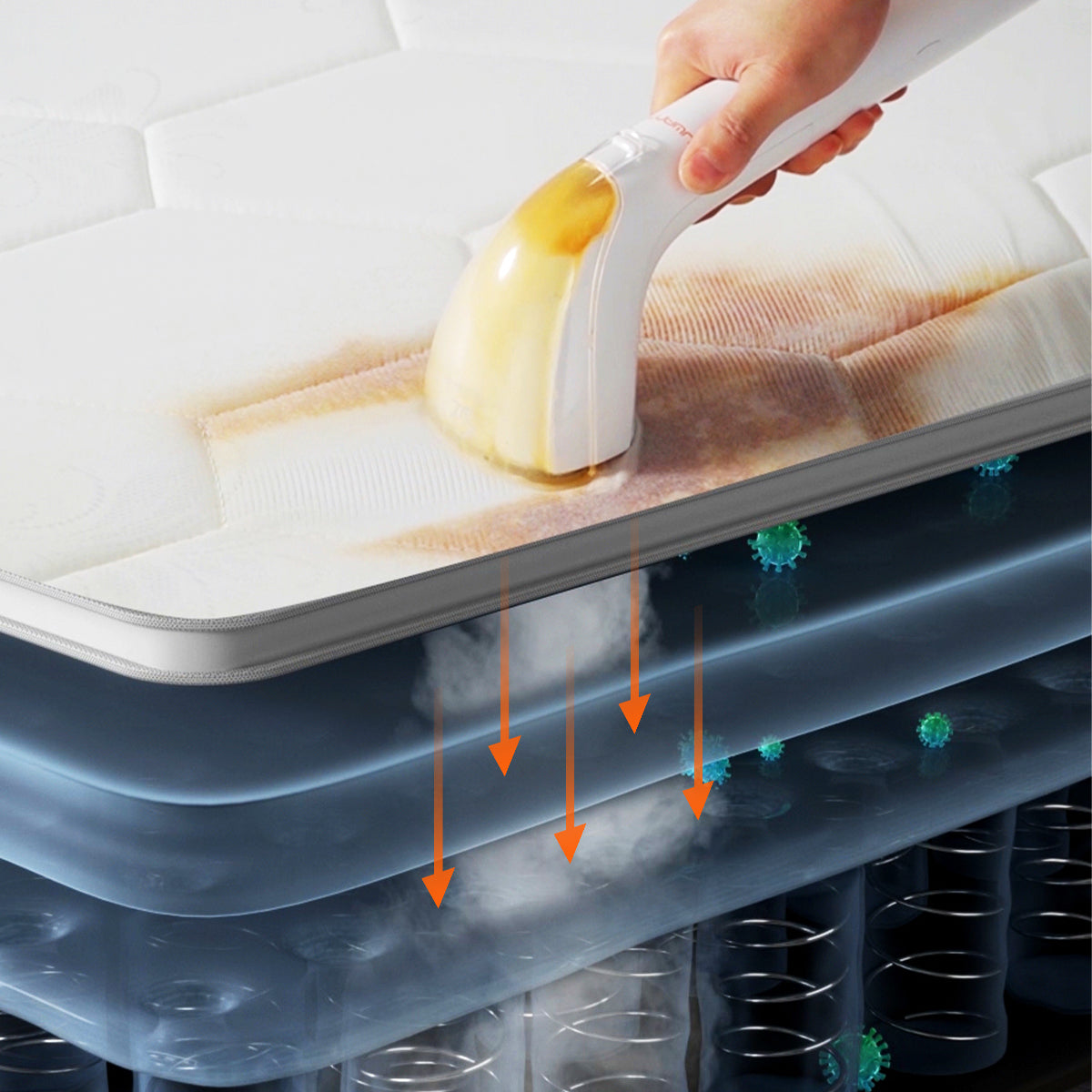Catalog
1. Dust Mites: An Invisible Threat
2. Effective Dust Mite Control: Three Key Methods
3. Three Effective Methods for Dust Mite Removal
4. Choosing the Right Mattress Cleaner
How Often Should You Change Your Child’s Bed Sheets and How to Do It?

Dust mites are microscopic creatures that can cause significant health problems, especially for children with allergies. Dust mites and their waste can trigger allergic reactions, such as atopic dermatitis, asthma, bronchitis, and allergic rhinitis. Symptoms in young children can include restless sleep, frequent sneezing, itchy red rashes, and watery eyes.

To effectively control dust mites in your home, simple sheet washing isn’t enough. Focus on these three methods:
- Lower Indoor Humidity: Reduce indoor humidity to below 50%. Within two weeks, most dust mites will die from dehydration. In drier climates, indoor dust mite populations are generally lower.
- Change the Environmental Temperature: Raising the temperature to 40–50°C (104–122°F) or lowering it below 10°C (50°F) will significantly reduce dust mite survival rates.
- Thoroughly Clean Dust Mite Remains: Dead dust mites and their waste can still cause allergic reactions if inhaled. It’s essential to not only kill dust mites but also to remove their remains.
3. Three Effective Methods for Dust Mite Removal
Follow these methods every 1-2 weeks to keep your child’s bed dust mite-free:
- Sun Exposure
- Ensure the temperature is above 25°C (77°F) and humidity is below 50%.
- Expose both sides of the bedding to sunlight.
- After sunning, beat the bedding to remove dust mite remains.
- High-Temperature Washing
- Check the care label to ensure the bedding can withstand high temperatures.
- Wash the bedding in water hotter than 50°C (122°F).
- If you have a dryer, use it on a high heat setting for better results.
- Using a Mattress Cleaner
- Choose a mattress cleaner with a suction power greater than 10,000 PA—the higher, the better.
- Clean the dust box regularly to maintain suction power and effectiveness.
4. Choosing the Right Mattress Cleaner
While mattress cleaners can be seen as an unnecessary luxury, they are essentially powerful vacuum cleaners designed to remove dust and debris, thus reducing the food supply for dust mites. They are particularly useful in fluctuating weather conditions, where sun-drying might not be feasible.
Key Features to Look for in a Mattress Cleaner
- High Suction Power:Look for models with suction power greater than 10,000 PA.
-
Additional Features (Optional)
- Heating Function:Helps reduce fabric surface humidity.
- Beating Function:Assists in dislodging dust mites.
- UV Function:Offers supplementary sterilization (but not mite removal).
- Noise Reduction: Although mattress cleaners can be noisy (70-80 dB), quick and efficient cleaning can mitigate this issue.
Some brands focus on user-friendly designs, such as wider suction ports and improved filtration, which can add to the cost. Choose according to your needs and budget.
By following these guidelines, you can effectively keep your child’s bed clean and reduce dust mite-related health issues. Regular maintenance and the right tools are key to ensuring a healthy sleeping environment for your child.













Leave a comment
All comments are moderated before being published.
This site is protected by reCAPTCHA and the Google Privacy Policy and Terms of Service apply.